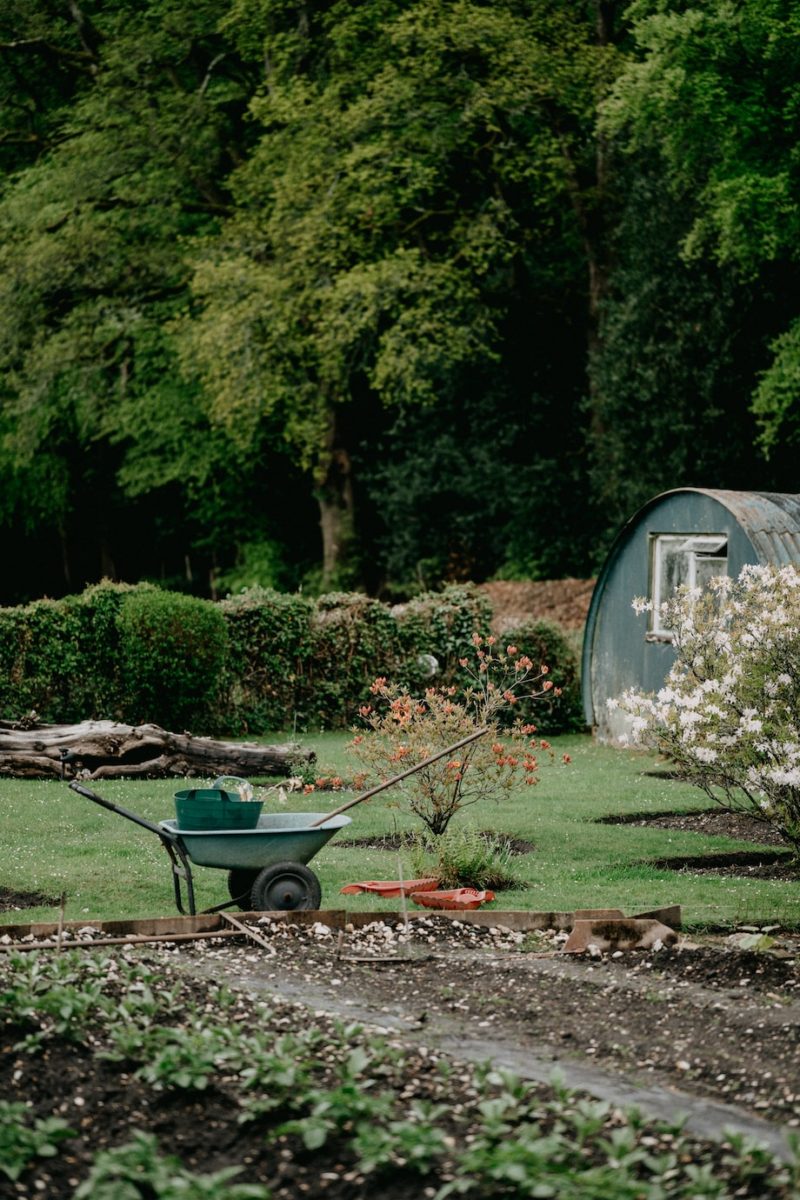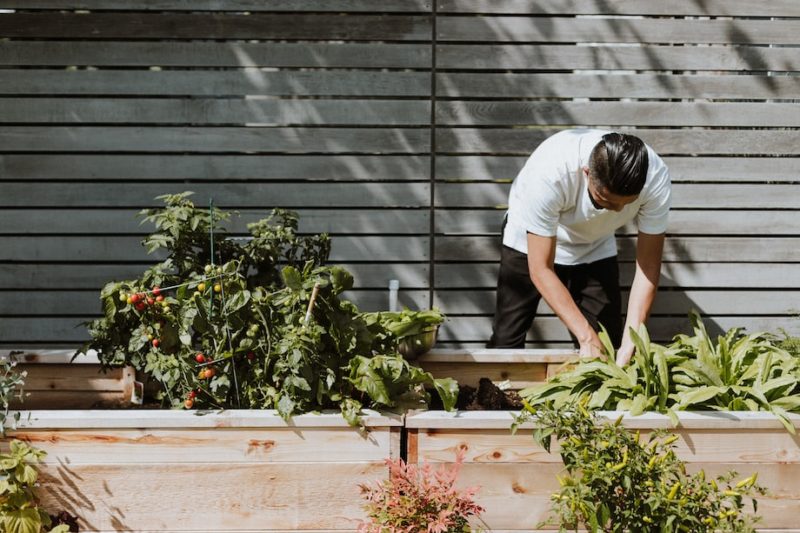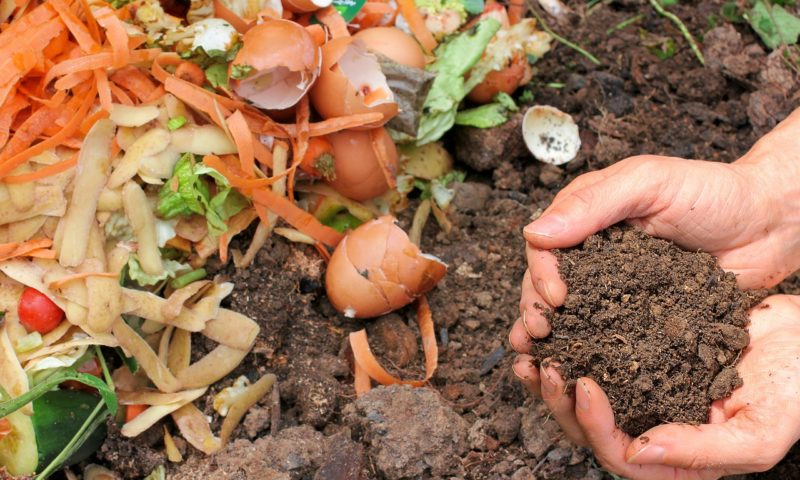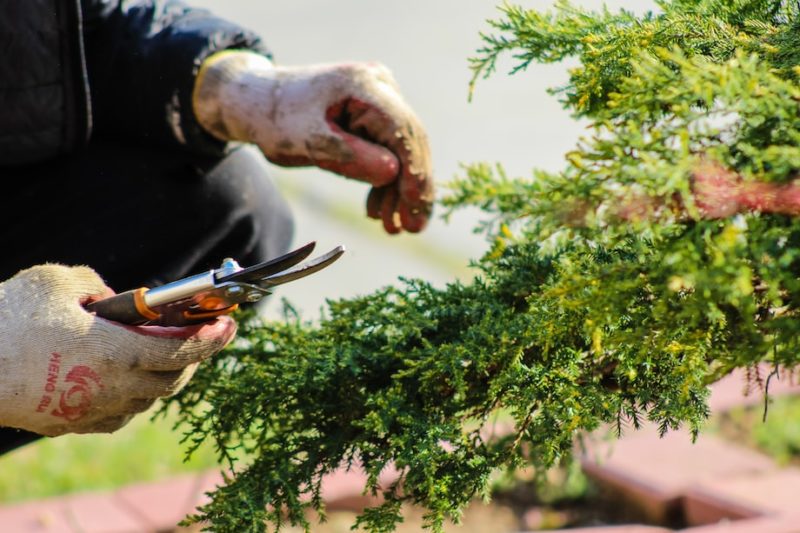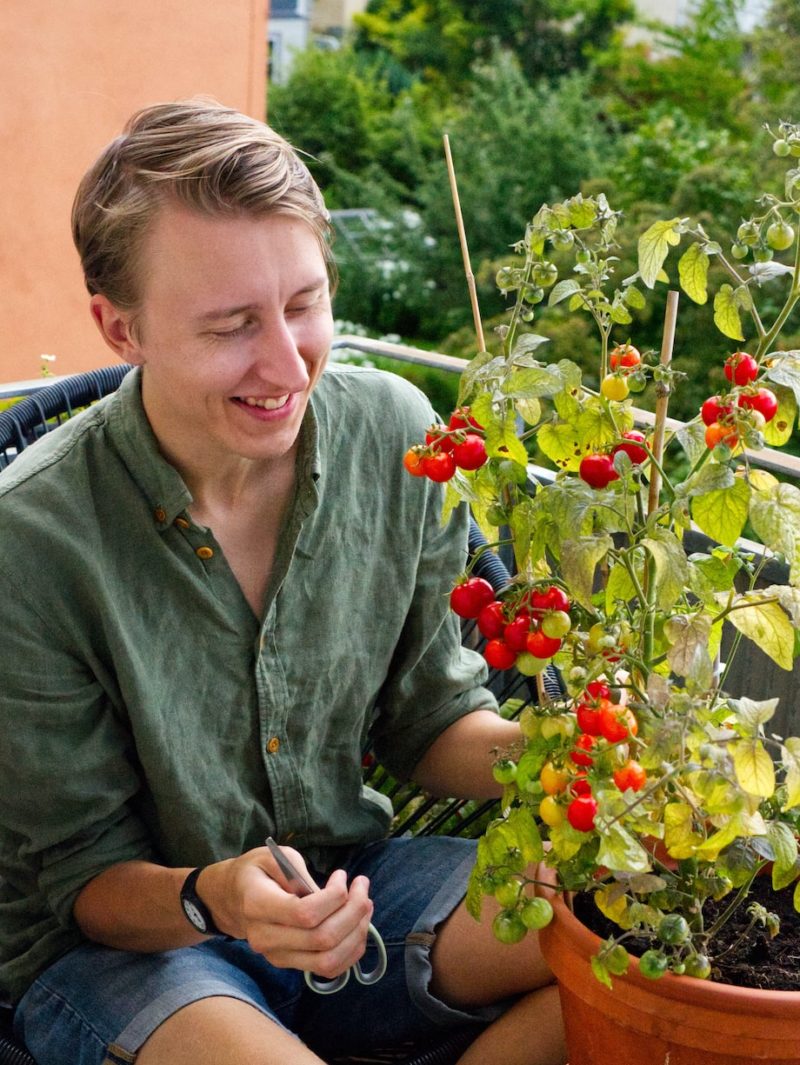Seven Simple Steps To Create And Maintain A Healthy Garden
Gardening can be a rewarding hobby; with the proper knowledge, it doesn’t have to be complicated. A healthy garden requires some basic steps for success. This article discusses seven simple steps to help create and maintain a healthy garden. We also provide tips on best practices for each step and explain how they contribute to the overall health of your garden. Whether you’re new to gardening or an experienced green thumb, these tips will help you take better care of your garden and get the most out of all your hard work.
Choose your plants wisely
Choosing high-quality plants is one of the most critical steps in creating a healthy garden. Make sure to do your research and look for plants that are suited to your local climate. Consider factors such as soil type, sun exposure, and water requirements when selecting plants. Pay attention to the reviews of other gardeners who have grown the same species in similar conditions. Research can help you determine which plants will thrive in your garden and which may struggle. Additionally, take the time to inspect plants before purchasing them; look for signs of disease or damage.
Provide the right amount of sunlight
Proper sun exposure is essential for a healthy garden. Most plants need direct sunlight each day; however, too much or too little can be damaging. Consider how much sun exposure each plant needs before choosing where to place them in your garden. A good rule of thumb is to give most vegetables and herbs six hours of direct sunlight daily. Flowering plants may need more or less depending on the variety, so do your research. Additionally, consider seasonal changes in sun exposure, as the sun’s angle changes throughout the year.
Water appropriately
Water is essential for any garden; however, overwatering can cause damage and lead to disease. The amount of water required for a plant depends on multiple factors, such as the species, soil type, and the climate in which it’s grown. Before watering your garden, check the soil to ensure it is dry enough. If you stick your finger into the top inch of soil, it should be dry. Then water slowly and thoroughly, using a watering can or hose soaker. For best results, water your plants in the morning when it’s cool to minimize evaporation. Additionally, take care not to wet the leaves of your plants; this can cause mildew and other diseases.
Fertilize
Fertilizers can help provide additional nutrients to your plants, ensuring they get the energy they need to grow correctly. Select the right fertilizer for your specific garden; many options are available, including organic and chemical fertilizers. Generally speaking, nitrogen, phosphorus, and potassium are essential elements in a fertilizer; these are known as macronutrients. When using chemical fertilizer, follow the manufacturer’s instructions carefully; it’s easy to over-fertilize and damage your plants. Additionally, pay attention to the pH of your soil; this will help you determine if additional amendments are necessary for optimal growth. Consider adding organic matter like compost, which can help improve soil structure and provide essential nutrients.
Control pests and weeds
Pests can be a significant issue for gardeners; tiny white bugs in houseplant soil, for example, can quickly destroy your plants if left unchecked. Therefore, it’s essential to identify potential problems early and take steps to control them. Inspect your plants regularly and check for signs of disease or damage. If you find pests, there are various methods to control them, such as using natural predators (such as ladybugs), manual removal (picking them off the plant), or applying pesticides.
Weeds can also be a nuisance in your garden; they compete with other plants for resources like water and nutrients. You can control them by manually removing them, using mulch or ground cover to block their access to sunlight, and using pre-emergent herbicides to prevent weed seeds from germinating.
Prune regularly
Pruning is a great way to keep your plants healthy; it helps them maintain the desired shape and size, encourages new growth, and removes dead or diseased branches. As a general rule of thumb, the best time to prune is late winter or early spring when the plant is dormant. Before you start pruning, ensure you understand what each plant needs; some plants require more frequent pruning than others. Additionally, use sharp, clean tools to prevent damage to the plant. Cut back branches above a growth bud, and cut at a slight angle so water can run off quickly. And take care not to prune too much; over-pruning can cause more harm than good.
Monitor for diseases
Diseases can cause significant damage to a garden; some are caused by environmental factors, while others are due to pests and inadequate care. To prevent disease, inspect your plants regularly; if you notice any abnormal growth or discoloration on the leaves, take action. Additionally, take note of the climate and weather patterns in your area; too much or too little water can cause problems. If you suspect a disease is present, try to identify the type and treat it accordingly. Some diseases can be treated with fungicides, while others require more drastic action. Remember to keep your garden clean and clear of debris; this can help reduce disease risk.

